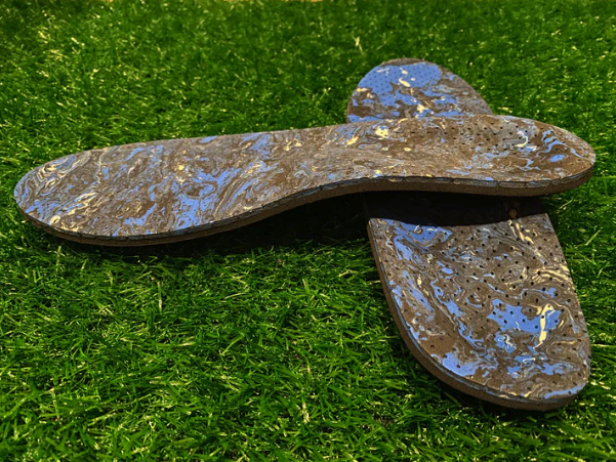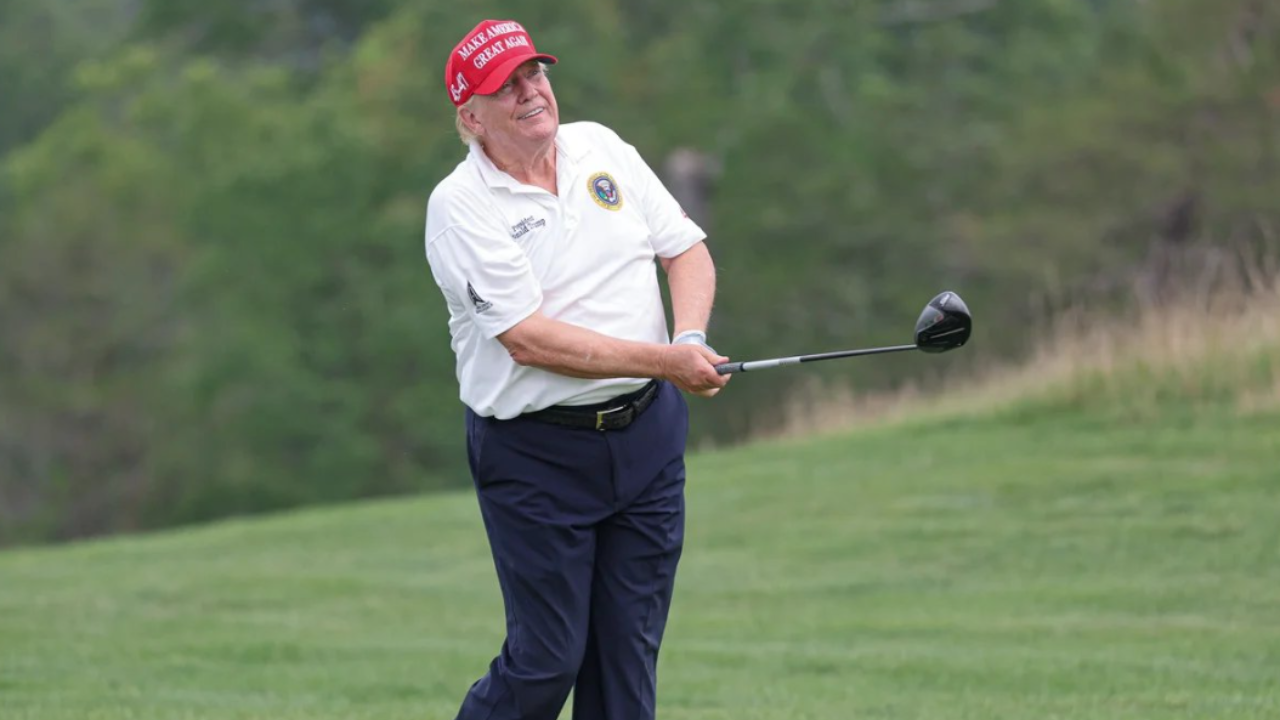Rules Review: Can you get penalized for wearing orthotics?

The Rules of Golf is very clear about using any equipment that might give you a potential advantage by artificially eliminating or reducing the need for a skill or judgment essential to the game. Rule 4.3 covers this, and it’s a two-stroke penalty or loss of hole in match play for using anything that doesn’t conform. A second breach is grounds for disqualification.
“[Think of it as] features that might improve golf skills,” says Carter Rich, the USGA’s senior director for equipment rules and conformance.
This could be anything from a “formed” grip that sets your hands in the ideal position on the club to athletic tape used to lock down a wrist to prevent you from chunking a chip. Knowing this, you might wonder how the USGA deals with claims of better performance from companies that make golf shoes, insoles and orthotics. For example, could a golfer put inserts in his or her shoes that would help prevent swaying or sliding during a swing?
“Our general position with respect to orthotics is those designed for everyday use and/or medical purposes are generally permitted,” Rich says. “Additionally, like many golf-shoe designs, features that help provide stability or general balance are typically permitted. Orthotics or shoes that tilt the foot in a manner that is intended specifically for the golf stance or to assist with the dynamics of the golf swing [e.g., weight transfer] are generally not permitted for use in a round played under the Rules of Golf.”
It’s a bit of a gray area when you think of the marketing of shoes and insoles. For example, shoe manufacturer Sqairz says its Velo golf shoe is the first to be “speed rated.” Does that mean wearing them will make you swing faster, and if so, isn’t that a feature that assists in the dynamics of the golf swing? One recent study, performed by Tyler Standifird for SuperSpeed Golf, did confirm Sqairz boosted swing speed when compared to two other shoes. It was a limited study, but it still seems to clash a little with Rule 4.3, no?
Actually, no. If you think about equipment in general (clubs, balls, etc.), everything is designed to boost performance. The difference between conforming and non-conforming equipment is that the legal stuff still requires the golfer to make the swing, hit the putt, check up the chip with his or her golf skills. A shoe doesn’t hit the ball farther. The golfer wearing the shoe does. Now if the shoe had a spring in it that pushed the golfer upward creating artificial groundforce production, then you have a problem.
With respect to Sqairz shoes, founder Bob Winskowicz says their designs are intended to allow the foot to do what it would do if you were swinging barefoot. And there’s nothing in the rules that would prohibit playing without shoes on.
“Most shoes are going to compress the toes together, which basically trains the foot to be slower and disconnected from the sensory trigger of the [deep transverse metatarsal ligament],” he says. “But if you wear shoes that are as close to barefoot as possible, ones with a wide toe box, over time, you’ll notice that your forefoot will actually spread out!”
Related
Trump’s ‘Dragging Leg’ In Viral Golf Video Sparks Health Concerns,…
A viral golf video of Donald Trump dragging his right leg has reignited debate over his health, with experts weighing in on the speculation.A recent video of fo
2025 Arnold Palmer Invitational expert picks, predictions: Golf insider high…
The PGA Tour continues its Florida swing this week with the 2025 Arnold Palmer Invitati
TGL leaderboard: Live updates, TV channel for The Bay vs…
Tiger Woods, Jupiter Links talk about 'embarrassing' TGL wedge shot"That was one of the most embarrassing things to ever happen. I can't believe that just happe












